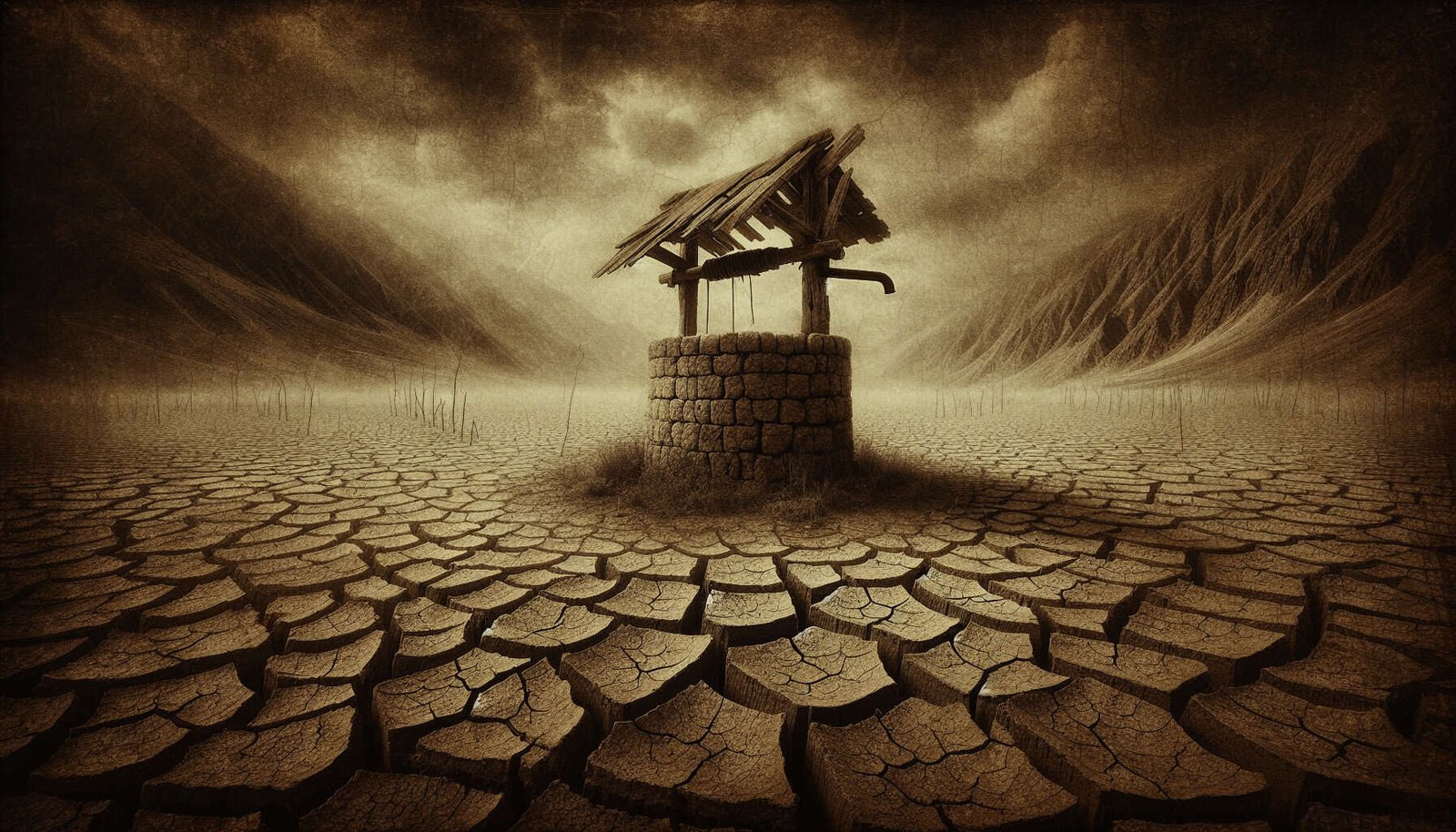Water wells are at risk of going dry in the US and worldwide” highlights a critical issue that affects communities far and wide. Groundwater, a vital resource for drinking, agriculture, and industrial activities, is experiencing unprecedented declines. The article delves into the multiple factors contributing to this alarming trend, including contamination from chemicals like PFAS, extended periods of drought, and the adverse impacts of industrial activities. It also covers regional case studies and community responses, urging immediate action to protect this invaluable resource. As you read, you’ll gain a deeper understanding of the challenges posed by dwindling water supplies and learn about the urgent measures needed to secure safe and sustainable water for future generations. Have you ever wondered how reliable your water supply is, especially if you rely on a well for your household’s needs? The reality is that water wells in the United States and around the world are at increasing risk of going dry. This issue is more pressing than ever as we face various environmental and man-made challenges. Let’s dig into why this is happening and what can be done about it.
The Importance of Water Wells
Essential for Daily Living
Water wells have been a crucial source of water for centuries, providing communities with essential water for drinking, agriculture, and sanitation. For many rural and semi-urban populations, wells are their only reliable water source. Imagine waking up to find your tap dry—it’s a situation more people are facing.
Diverse Uses
Water from wells is not only used domestically but also in industries, agriculture, and even for firefighting. When wells run dry, it affects multiple facets of life, making it a widespread issue that deserves urgent attention.
The Global Scope of the Problem
United States: A National Concern
Across the United States, families, farmers, and communities are dealing with wells that are failing. From Maine to California, the drying up of these wells has broad implications, including water shortages, increased groundwater disputes, and an uptick in water-related illnesses.
Recent Statistics
| Region | Incident | Year |
|---|---|---|
| Central Valley, CA | Thousands of water wells risk failure | 2022 |
| Bastrop County, TX | Water wells reach a 9-year low | 2022 |
| Pine, AZ | Wells drying up reported | 2022 |
Worldwide: A Crisis in the Making
Countries around the globe are facing similar issues. From reduced water tables in Middle Eastern countries to failed well projects in African nations, the problem isn’t limited by borders.
Global Incidents
| Country | Incident | Year |
|---|---|---|
| India | Water wells dry up due to over-extraction | 2022 |
| Brazil | Nearly all 2.5 million wells are illegal, leading to resource strain | 2019 |
| Niger | Urgent need for new water wells due to drought | 2022 |

Factors Contributing to Drying Wells
Climate Change
Climate change plays a significant role in the drying up of water wells. Higher temperatures lead to increased evaporation rates and prolonged droughts. Reduced snowfall in winter also means less groundwater replenishment in the spring.
Over-extraction
Excessive withdrawal of water for agricultural, industrial, and even domestic use has far surpassed the natural recharge rates in many areas. Over-extraction leads to the depletion of aquifers, which are underground layers of water-bearing rocks.
Pollution
Pollutants like chemicals, heavy metals, and nitrates can seep into groundwater, rendering wells useless. Contaminated water wells not only go dry but also pose severe health risks.
Types of Contaminants
| Contaminant | Source | Impact |
|---|---|---|
| PFAS | Industrial waste | Cancer, liver damage |
| Nitrates | Agricultural runoff | Methemoglobinemia (Blue Baby Syndrome) |
| Arsenic | Natural deposits, industrial activity | Skin lesions, cancer |
Infrastructure and Technological Issues
Old and deteriorating infrastructure, including outdated drilling equipment and damaged well linings, can contribute to the problem. Investment in modern, sustainable technology is crucial for mitigating these risks.
Policy and Management
Policies around water extraction and management are often either outdated or insufficient. Lack of regulation leads to over-extraction and mismanagement of this precious resource. Effective policy changes and management strategies are required to sustain water wells.
Potential Solutions
Sustainable Water Management
Implementing sustainable water management practices is imperative. Rotational and regulated extraction, water recycling, and rainwater harvesting are some techniques that can help recharge groundwater supplies.
Advanced Technologies
Technological advancements such as solar-powered water pumps, real-time monitoring systems, and smart irrigation methods can drastically reduce water waste and over-extraction.
Policy Reforms
Governments need to enact stronger regulations to control water usage and protect existing resources. Policies should promote the conservation of water and the development of new, sustainable water sources.
Community Initiatives
Community-driven initiatives for groundwater conservation and well maintenance can also make a significant impact. Education campaigns to inform the public about responsible water use are crucial.

Case Studies
Central Valley, California
In California’s Central Valley, extensive agricultural activities have led to severe groundwater depletion. Various measures are being taken, including more stringent water management policies, introduction of drought-resistant crops, and community education programs.
India
In several states in India, over-extraction and erratic rainfall patterns have dried up many wells. In response, some areas have adopted rainwater harvesting and watershed management techniques, which have shown promising results in groundwater recharge.
Steps You Can Take
Regular Maintenance
Regular maintenance of your water well can prevent small problems from becoming big issues. Ensure that your well is checked annually by a professional for any signs of wear or contamination.
Efficient Water Use
Simple steps like using water-efficient fixtures, fixing leaks, and practicing water-saving habits can significantly reduce your household’s water consumption.
Stay Informed
Stay updated with local water management policies and participate in community initiatives aimed at preserving groundwater resources.
Test Your Water
Regular testing for contaminants is essential. Many local health departments offer free or low-cost testing services, which can help you take corrective actions before the situation becomes dire.

The Road Ahead
Challenges
The journey to resolving the water well crisis is fraught with challenges involving socio-economic factors, environmental changes, and political will. However, with coordinated efforts at individual, community, and governmental levels, we can make a significant impact.
Innovations
Cutting-edge technologies and innovative practices are on the horizon. From AI-powered groundwater mapping to the use of renewable energy for water extraction, the future holds promise if we act wisely and collectively.
Collaboration
International collaboration is key to addressing this global issue. Sharing resources, knowledge, and best practices can help communities worldwide to sustain and protect their water wells.
Final Thoughts
The risk of water wells going dry is a serious issue that demands immediate attention and action. By understanding the contributing factors and exploring viable solutions, we can work together to ensure sustainable water resources for ourselves and future generations. Your well-being—and that of billions of others—depends on the measures we take today.
So, next time you turn on your tap, take a moment to think about where that water comes from and what you can do to keep it flowing. Water, after all, is life. Will you join the effort to preserve it?

